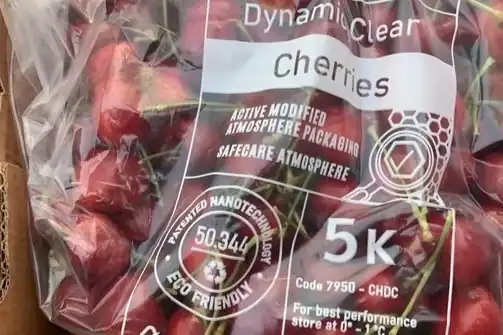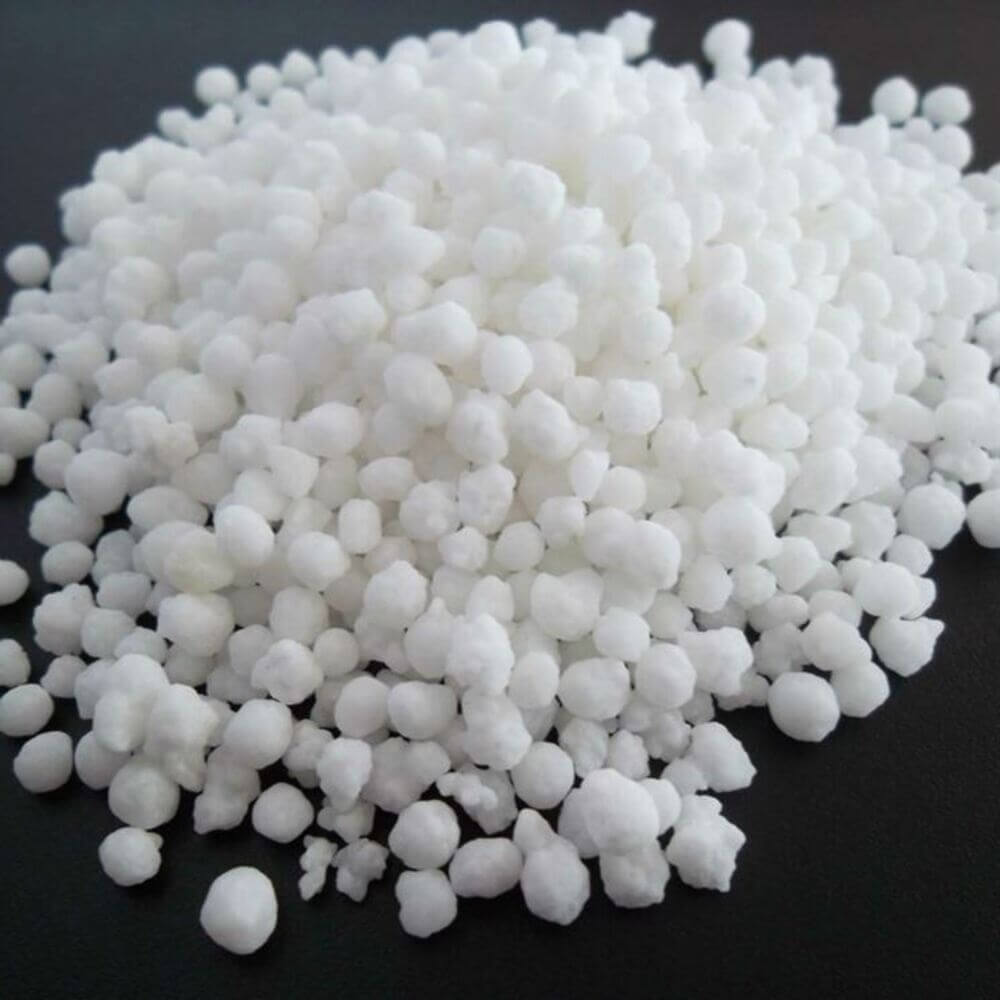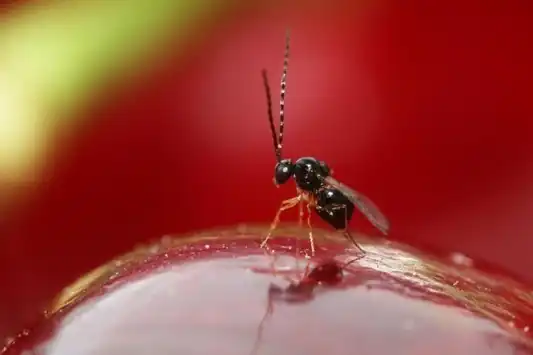From active packaging technology comes a concrete solution to losses in the cold chain: less waste, more quality and sustainability for the export of Chilean cherries and other fresh fruits.
Food waste is one of the major challenges of our time. According to FAO, around 1.3 billion tons of food are lost every year globally, equivalent to one-third of all food produced for human consumption.
Fruits and vegetables are the most affected, with loss rates ranging from 35% to 55%.
In Chile too, the situation is alarming: over 3.7 billion kilos of food are thrown away each year, equivalent to more than 200,000 pesos (around 240 euros) worth of food per person.
A considerable portion of this waste involves fresh fruit exports, a strategic sector for Chile’s agricultural economy, but also highly vulnerable due to long transportation times and perishability.

The export challenge
Chile is recognized as one of the leading players in the fruit sector of the Southern Hemisphere, supplying demanding markets such as Asia, North America, and Europe.
Cherries, table grapes, blueberries, and kiwifruit are among the most requested — but also the most delicate — products.
A container of cherries headed to China, for example, may take up to 35 days by ship, not including distribution time in the destination market.
During transit, the fruit is exposed to fluctuations in temperature and humidity, and to ethylene, a plant hormone that accelerates ripening and risks compromising product quality.
Passive packaging and losses
Traditional passive packaging, designed only for physical protection, is insufficient to guarantee freshness upon delivery.
The rejection rates of fruit upon arrival are high, resulting in financial losses and reputational damage.
Active packaging: the technology
Active packaging introduces a paradigm shift. Unlike conventional packaging, these systems actively interact with the contents, regulating oxygen, carbon dioxide, and humidity levels inside the container.
Equipped with smart membranes that adapt to thermal variations, these packages reduce the effect of ethylene and slow fruit ripening, preserving firmness, color, and organoleptic qualities even after long intercontinental shipments.
The benefits are tangible
Cherries: rejection rates drop significantly compared to standard packaging, even after more than 30 days in transit, with firmness and brightness maintained.
Table grapes: firmness of the bunch is preserved and mold formation reduced, with losses lowered by up to 40%.
Blueberries: better preservation of size and crispness, reducing complaints from international buyers.
Kiwi (Hayward and Jintao varieties): even after 100 days of storage, active packaging ensures optimal internal gas balance and superior freshness.
Economic and environmental advantages
The impact is not only qualitative: every 5% reduction in rejection rates translates into millions of dollars (or euros) recovered for Chilean exporters.
What’s more: improved shelf life allows sea freight to be prioritized over air freight, significantly reducing the carbon footprint of the entire supply chain.
This technological solution aligns perfectly with the United Nations Sustainable Development Goals, particularly the goal of halving global food waste by 2030.
Towards sustainable fresh produce
Beyond the numbers, the value of active packaging is also ethical and environmental.
As Cristian Parra highlights, commercial manager of Chilean company Paclife:
"Using active packaging is not just a strategic choice to reduce waste and complaints, but a true commitment to sustainability. Every fruit that arrives in good condition represents a saving of resources and a benefit for every link in the chain — from producer to consumer.”
Thanks to this innovation, the Chilean fruit industry can count on more effective tools to face international markets with a value proposition that combines quality, efficiency, and environmental responsibility.
Source: paclife.tech
Image source: Pacflife
Cherry Times – All rights reserved













